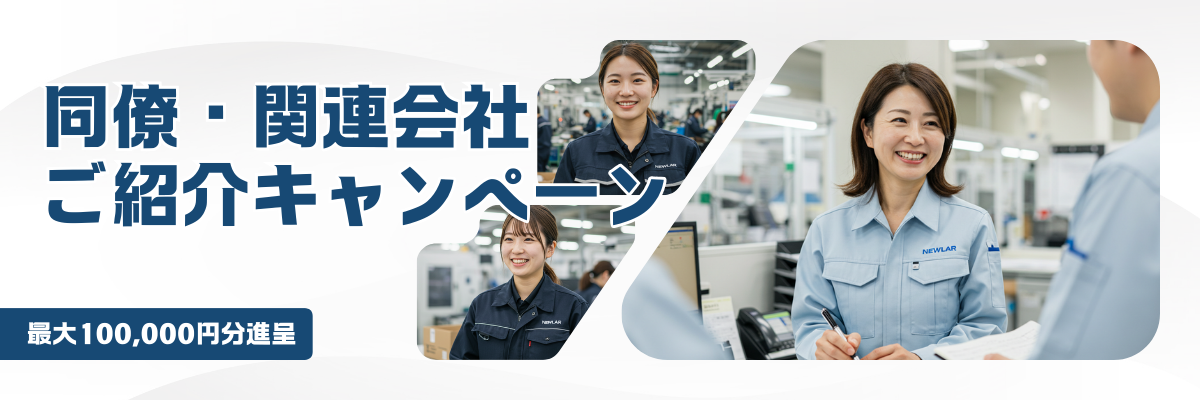- お役立ち記事
- Searching for potting parts separation technology necessary for automobile resource circulation

Searching for potting parts separation technology necessary for automobile resource circulation

目次
Understanding Potting in Automobiles
Potting is a process used in various industries, including the automotive sector, to encapsulate electronic components with a protective material.
This helps in shielding them from environmental factors such as moisture, dust, and vibration.
In the context of automobiles, potting is essential for maintaining the longevity and functionality of electronic parts.
However, as vehicles age and reach the end-of-life stage, the separation of these potting materials from valuable components becomes crucial for recycling.
The Importance of Resource Circulation in the Automotive Industry
With the rapid advancement of technology, automobiles are becoming increasingly reliant on electronic systems.
This trend underscores the importance of efficiently recycling electronic components to ensure resource availability for future production.
The concept of resource circulation focuses on maximizing the use of materials, reducing waste, and mitigating the environmental impact of manufacturing.
Successful implementation of these principles can help reduce the carbon footprint of the automotive sector and contribute to a sustainable future.
The Challenges of Separating Potting Materials
Although potting offers significant benefits, it presents a challenge when it comes to recycling.
The materials used in potting, often epoxy or silicone, adhere strongly to components, making separation difficult.
Moreover, the complexity of electronic systems within automobiles often requires a tailored approach for disassembling and recovering valuable materials.
Achieving efficient separation is crucial for recovering materials like copper, gold, and other precious metals contained within electronic parts.
Innovative Technologies for Potting Separation
To address these challenges, innovative technologies are being explored to streamline the separation process.
Among these, the development of selective solvation techniques shows promise.
This method involves using specific solvents that can dissolve potting materials without damaging the underlying components.
Another approach includes ultrasonic techniques, which utilize high-frequency sound waves to break apart potting materials while preserving the integrity of electronic parts.
Case Studies and Industry Advances
Several pioneering companies and research institutions are leading the charge in developing methods for effective potting separation.
For example, researchers have successfully used laser-based techniques in controlled settings to precisely cut through potting without harming electronic circuits.
Additionally, collaborations between automotive manufacturers and waste management firms are fostering the exploration of scalable solutions that can be applied at an industrial level.
The Role of Policy and Regulation
Government policies and regulations play a pivotal role in driving innovation and ensuring accountability in the recycling process.
By establishing clear guidelines and standards for e-waste management, governments can encourage industry players to invest in research and development.
Incentives such as tax breaks and subsidies can also motivate companies to implement efficient recycling technologies.
Global Standards and Best Practices
Aligning with international best practices can further enhance resource circulation efforts.
Countries that lead in e-waste recycling, such as Germany and Japan, offer valuable insights into sustainable practices.
By adopting standardized methods for material recovery, the automotive industry can improve its recycling rates and contribute to global sustainability goals.
Future Prospects for Potting Separation Technology
As the demand for electric and autonomous vehicles grows, the need for effective potting separation technologies will become increasingly critical.
Looking ahead, the integration of artificial intelligence and machine learning into recycling operations holds the potential to enhance the precision and efficiency of separation processes.
These technologies can aid in identifying optimal methods and predicting the outcomes of various separation techniques.
Collaborative Efforts for a Sustainable Future
The path toward effective potting separation and resource circulation is one that requires collaboration across industries.
By leveraging the expertise of automotive manufacturers, technology developers, and policymakers, it is possible to create a robust framework for sustainable recycling.
Joint ventures and knowledge sharing can accelerate the development of innovative solutions that benefit both the environment and the economy.
Conclusion
Navigating the challenges of potting parts separation in automobiles is essential for advancing the goals of resource circulation in the automotive industry.
Through technological innovation, regulatory support, and collaborative efforts, it is possible to overcome these hurdles.
Embracing these strategies will not only aid in the responsible disposal of end-of-life vehicles but also pave the way for a more sustainable future in automotive manufacturing.
 資料ダウンロード
資料ダウンロード
QCD調達購買管理クラウド「newji」は、調達購買部門で必要なQCD管理全てを備えた、現場特化型兼クラウド型の今世紀最高の購買管理システムとなります。
 ユーザー登録
ユーザー登録
調達購買業務の効率化だけでなく、システムを導入することで、コスト削減や製品・資材のステータス可視化のほか、属人化していた購買情報の共有化による内部不正防止や統制にも役立ちます。
 NEWJI DX
NEWJI DX
製造業に特化したデジタルトランスフォーメーション(DX)の実現を目指す請負開発型のコンサルティングサービスです。AI、iPaaS、および先端の技術を駆使して、製造プロセスの効率化、業務効率化、チームワーク強化、コスト削減、品質向上を実現します。このサービスは、製造業の課題を深く理解し、それに対する最適なデジタルソリューションを提供することで、企業が持続的な成長とイノベーションを達成できるようサポートします。
 オンライン講座
オンライン講座
製造業、主に購買・調達部門にお勤めの方々に向けた情報を配信しております。
新任の方やベテランの方、管理職を対象とした幅広いコンテンツをご用意しております。
 お問い合わせ
お問い合わせ
コストダウンが利益に直結する術だと理解していても、なかなか前に進めることができない状況。そんな時は、newjiのコストダウン自動化機能で大きく利益貢献しよう!
(Β版非公開)


